Quadcopter Parts Tutorial
Hello and welcome to the second tutorial covering how to build a quadcopter. We're going to be covering the supplies that you will need.
All quadcopters break down to the following (I will link to specific parts further down, do not want to clutter things at this point):
Frame - This is what everything attaches to.
Motors - Things that spin
ESC - Electronic Speed Controllers, which dictate the speed at which your motors spin.
Propellers - Attaches to motor to be spun and generate down-force
Receiver (and transmitter) - Usually these come together. The transmitter is your "remote controller" and the receiver is what sits on the quadcopter to accept the incoming signal.
Flight Control Board - Receives signal from your receiver, which then feeds out to your ESCs. Most flight control boards also have some basic stability control that helps to keep your quadcopter balanced.
LiPo (Lithium Polymer) Battery - powers your quadcopter! Somewhere in the range of 1.3 - 2.2 amps.
Power distribution Board - Takes power in from your battery, powers the ESCs which then power your motors, and also powers the flight control board.
You have lots of options when acquiring these parts. My best suggestion is to look for a kit. Many kits come with the parts you need, except for a battery, charger, transmitter, and receiver. Many come without the power distribution and flight control board as well, since people like to have a choice here. I will go that route. Generally, ESCs + Motors will be 70ish dollars, and a frame is 20-25. Since there is usually a kit with a frame + motors + ESC for under $90, I like to go that route. You may want to shop around to find the best prices.
Alright, so let's begin our shopping list!
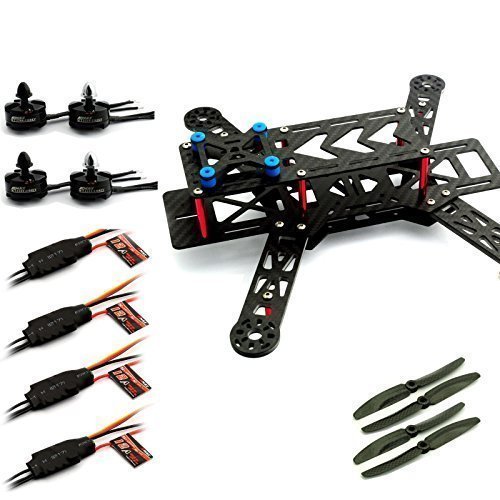
This kit comes with the frame, motors, and escs that you need, and it also comes with some propellers. I would not recommend you use these on your first few flights, since you may wind up breaking them, but they are nice to have around.
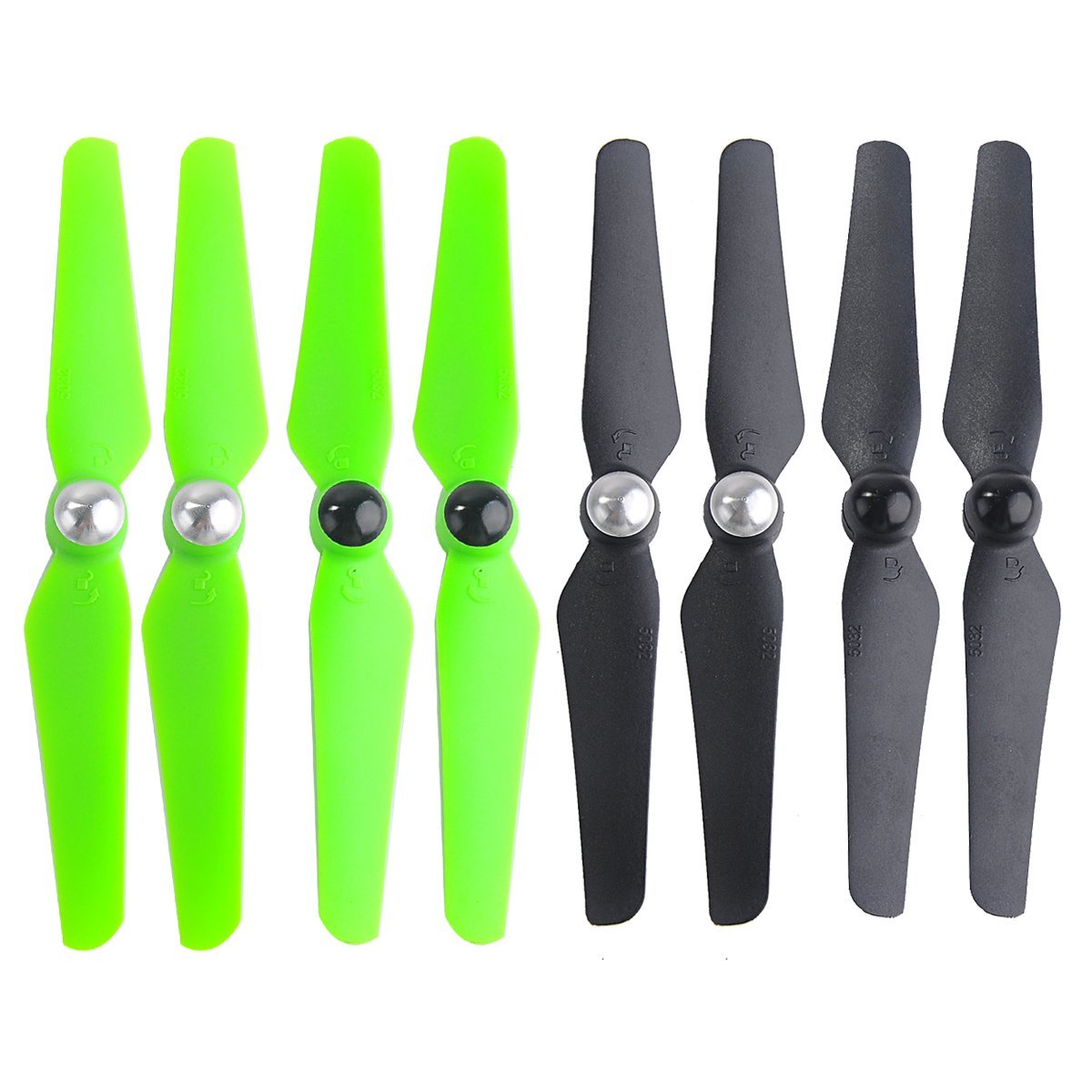
I really suggest you keep your propellers super cheap to start, as you're probably just going to break them. Maybe you're way better than me at flying though. If so, get some higher quality propellers and a propeller balancer.
Basically, you're looking for size 5030 propellers
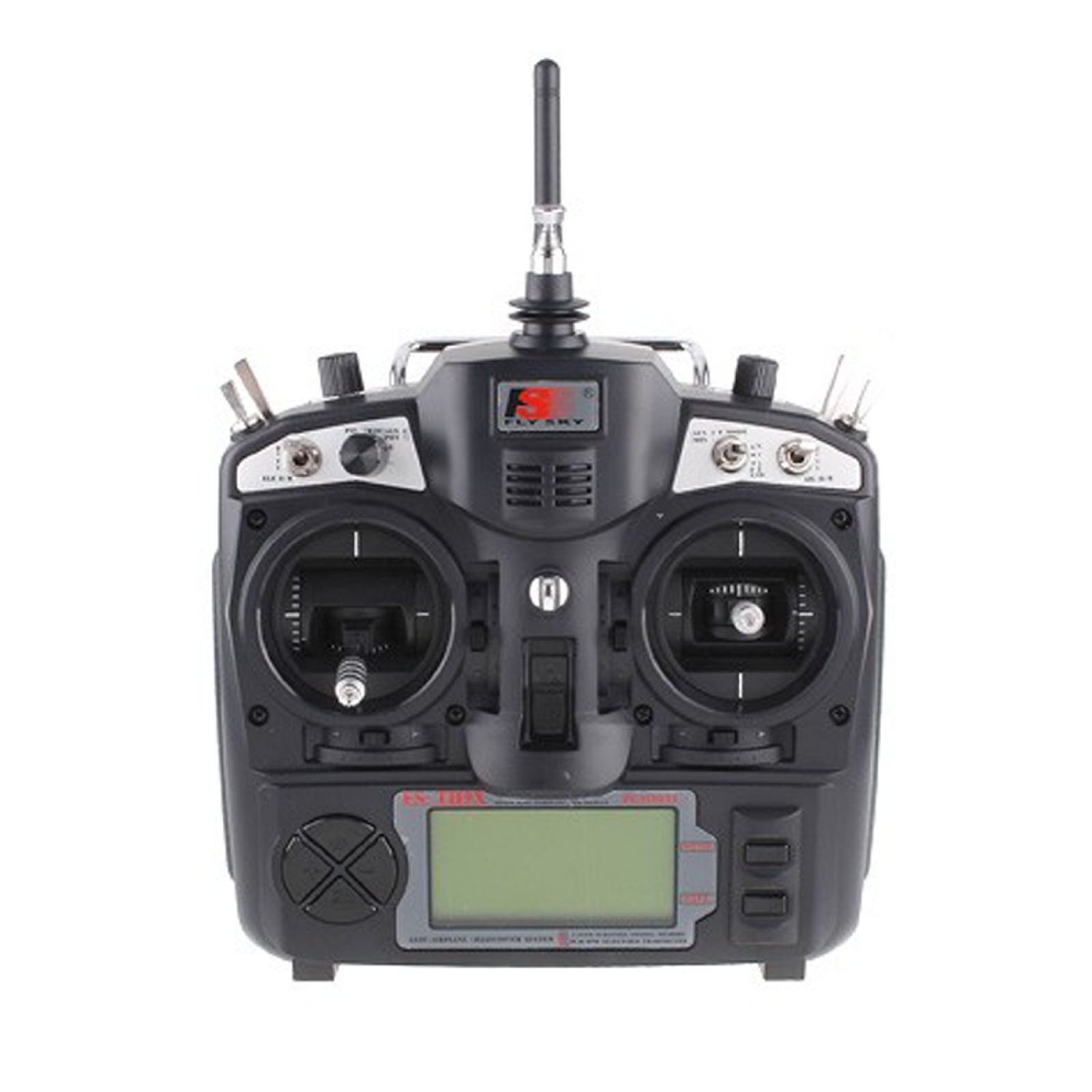
I personally use the FlySky TH9X and enjoy it, but there are many others out there at a cheaper price point. You should be able to find something decent in the $40-$60 range, or maybe even cheaper to get the job done.
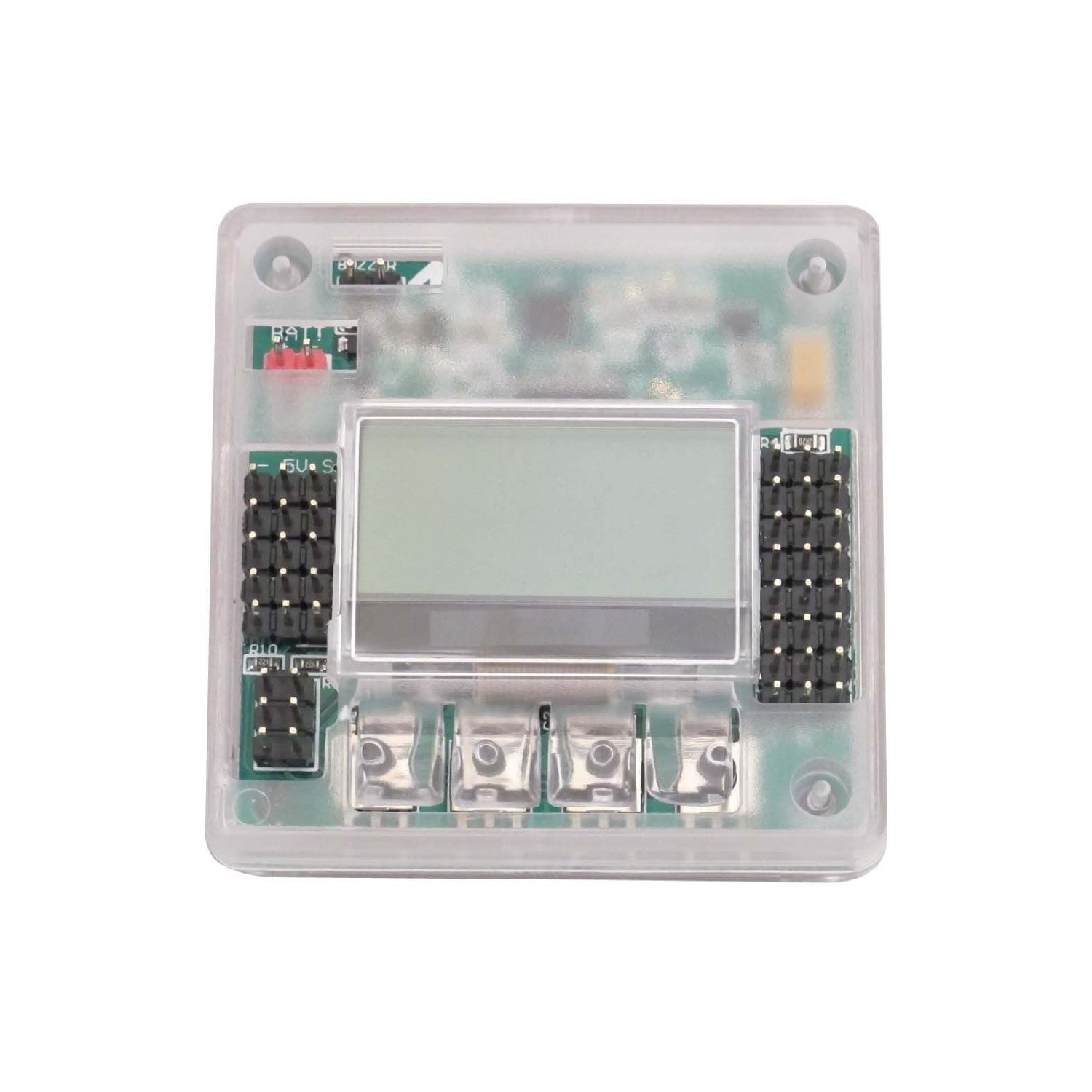
There are many flight control boards. Feel free to research around, the typical price range for one of these is $10-$20. I like the Hobbypower kk2.15 so far, much smoother than my previous kk boards and the LCD screen is a nice touch.
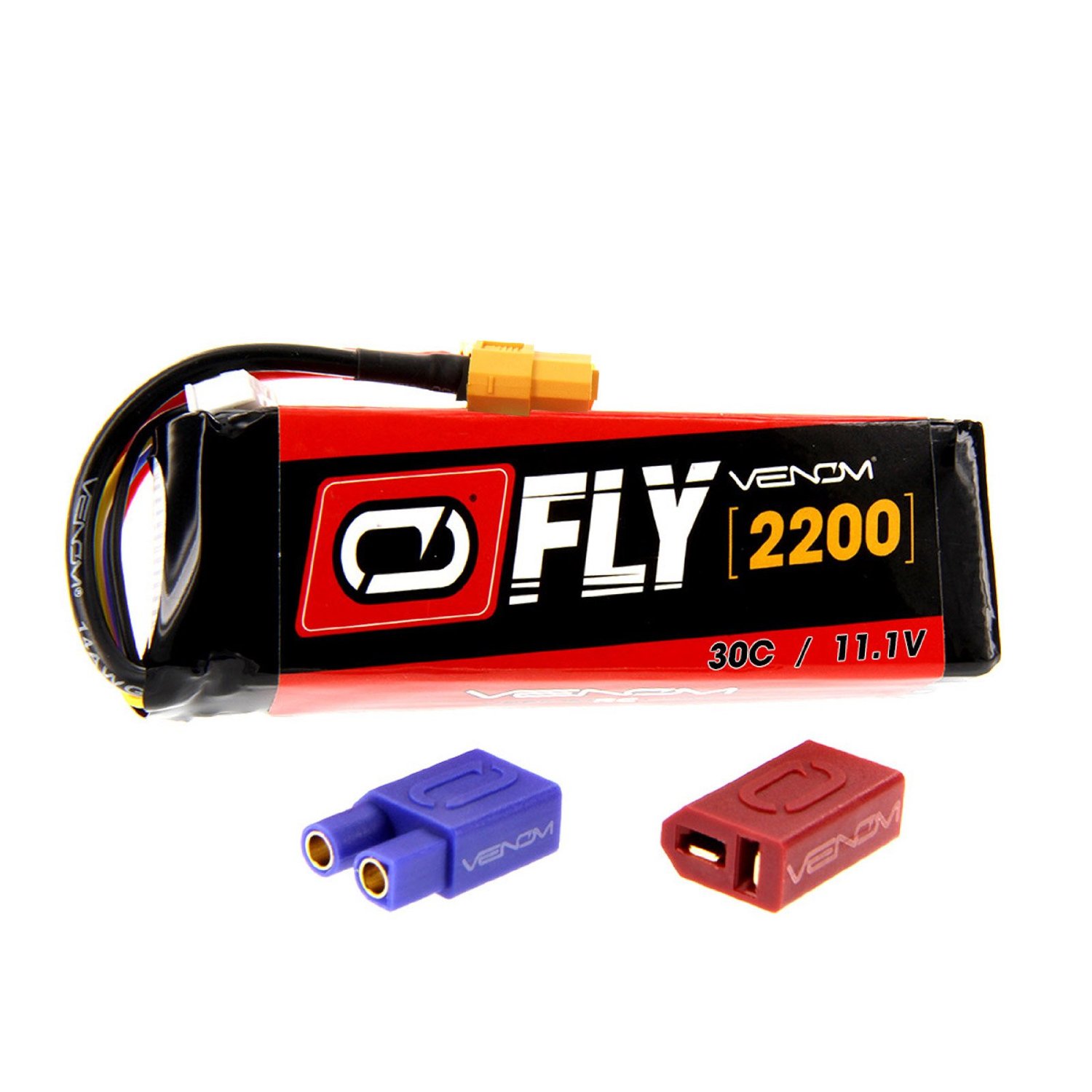
I personally use a Venom 2100 11.1V battery. They have a newer version out now, a 2200 that I have linked to here. There are plenty of choices with batteries in both brand and size. Size is all that matters really. 1300 is lightweight, but less run time. 2200 is going to be a bit heavier, but will allow you to fly for longer duration. A heavier battery also weighs the quadcopter down more, affecting top speed and maneuverability. This is not very noticeable in my opinion between the weights, but a pro might care.
A 1300mAh battery will last you 3-5 minutes. A 2200mAh battery will last you 10-12 minutes. I'll take the latter any day.
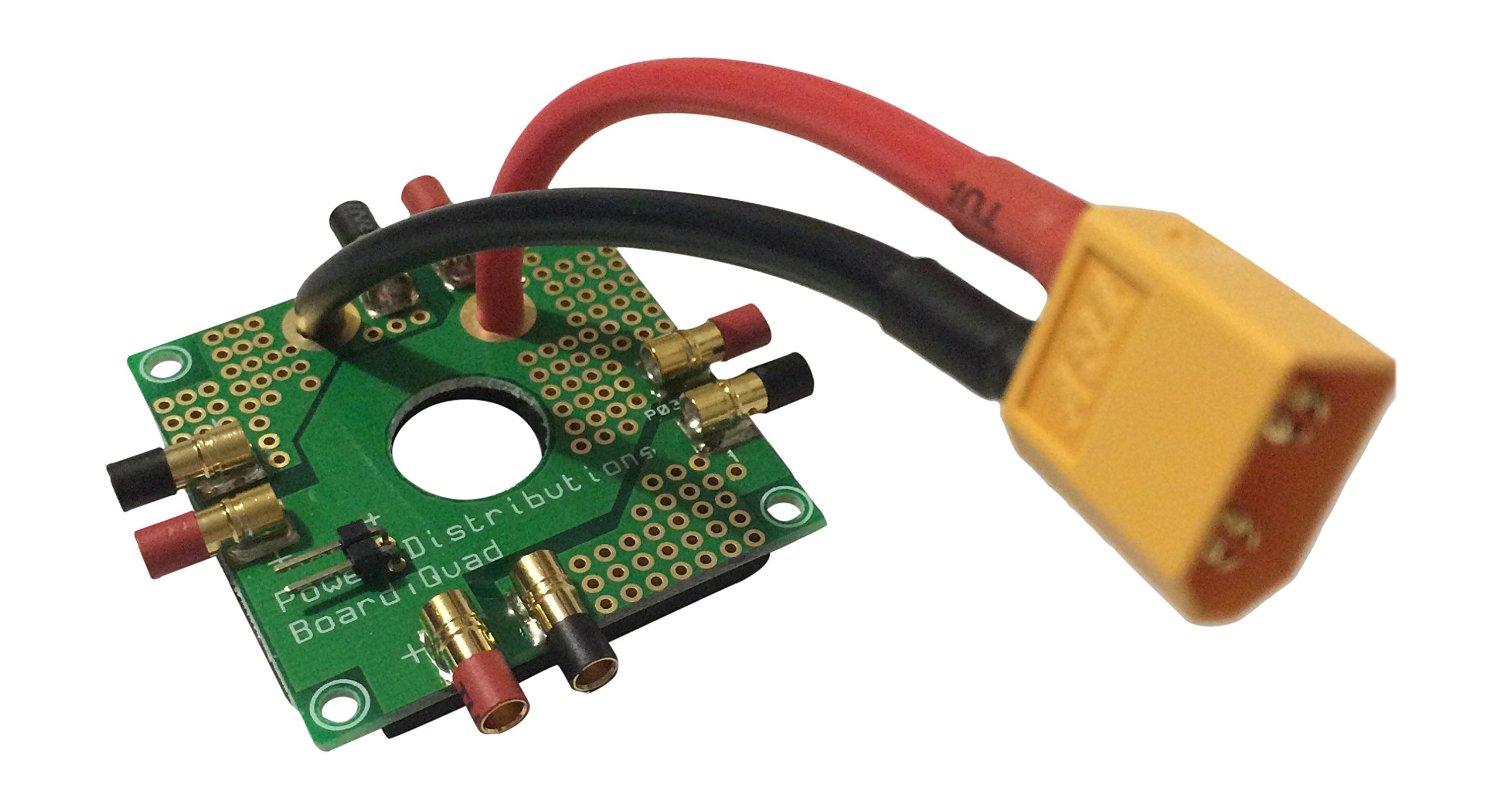
Many options here too, including just simply wiring it all yourself. I like the HobbyKing pre-soldered board with bullet adapters because it's been already soldered, and it's close to the same price as any other power distribution board. I paid under $9 for mine, just make sure to not pay more than $10.
Okay, at this point, we're through with the utter essentials, but there are still probably many things you're lacking.
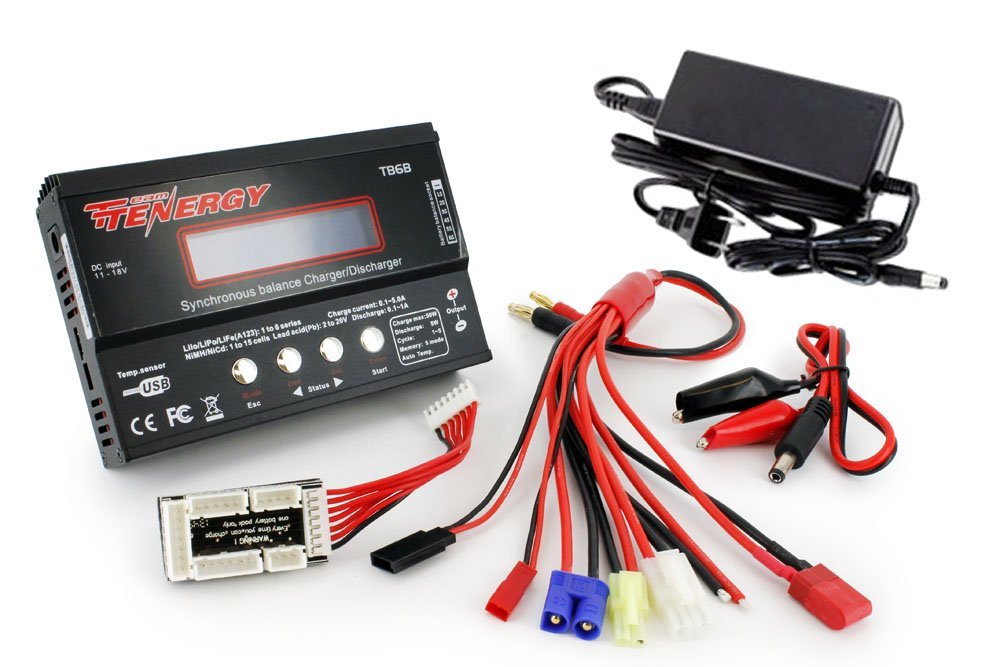
I use the Tenergy TB6-B , and can personally recommend it, but there are many chargers out there. Do not skimp on a quality charger or battery. A cheap battery will only be good for a handful of uses, and a cheap charger will ruin your battery to the point where it is only good for a few uses. A balancer is less and less necessary over time, but I can still assert that it is absolutely necessary today. Without balancing for a while, my maximum charge has dropped from 12.6V to 11.9V, with as few as 5 flights. A rebalance gets me back up to a max of 12.6V, and this is worth quite a bit of flight time (consider the minimum charge is ~10.2V on a typical 11.1V battery.)

A typical 11.1V battery has a maximum charge of ~12.6V and a minimum of ~10.2V under safe operation. Typical flight times for LiPo batteries are 5-10 minutes before the battery reaches these levels. Given a variety of factors from the age of the battery, the load on the motors, to even the weather, these times may vary. You can ruin a battery or create a fire hazard by over-discharging your LiPo battery, so it is very important that you have some sort of indication and warning. These low voltage indicators are very cheap, very light-weight, and easy to use. Definitely get one. The sound they make is super loud. This is so it can be heard from a great distance. I muffle mine, since I currently fly pretty close to myself.
Tons of choices here, just pick one. ~$20 for a low end one, but you can find some for even under $10.
These are used to attach wires to eachother. The main use here will be for attaching ESCs to motors, since you are almost certain to need to swap the wires to reverse motor direction.
- Electrical tape - useful for keeping things attached and covered.
- Zip ties - mostly for cable management, very useful
- Velcro straps - Useful for strapping around the battery.
- Adhesive Velcro - Useful for attaching things that don't have simple screw-in points. I tend to use both adhesive velcro and the straps to attach my batteries.
For this parts list, I have assumed you are all building a 250. If you are building something larger than a 250, you will need stronger motors, higher rated speed controllers, and maybe a bigger battery. I just use the 2100 on both my 525 and 250s. Most people seem to put 1300s on their 250s, but I like the flight time provided by the 2100 or 2200 batteries.

